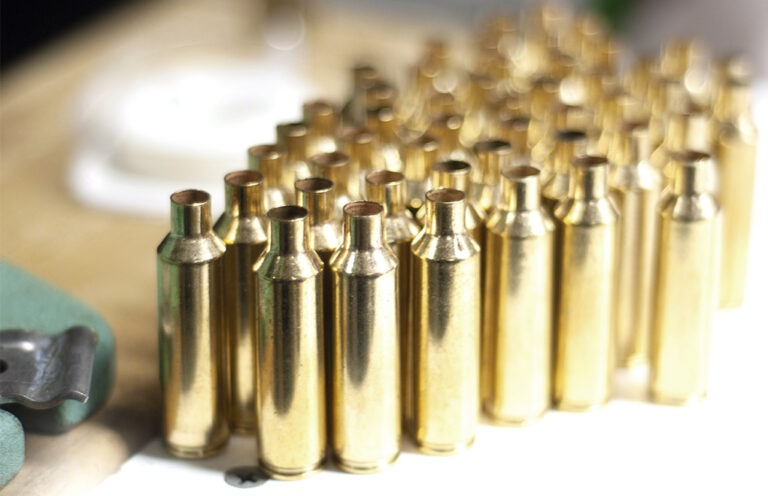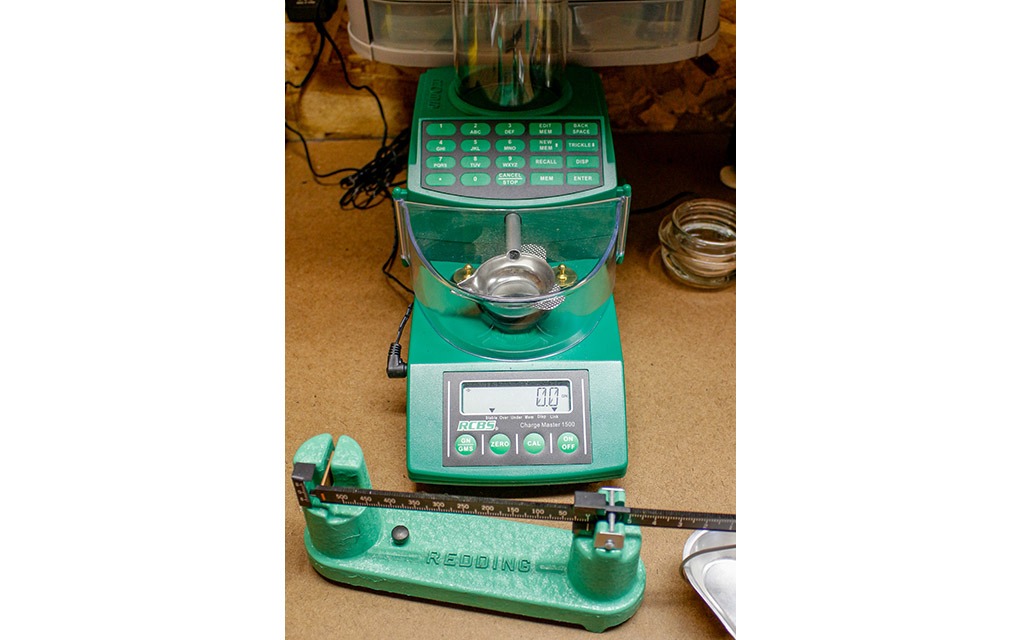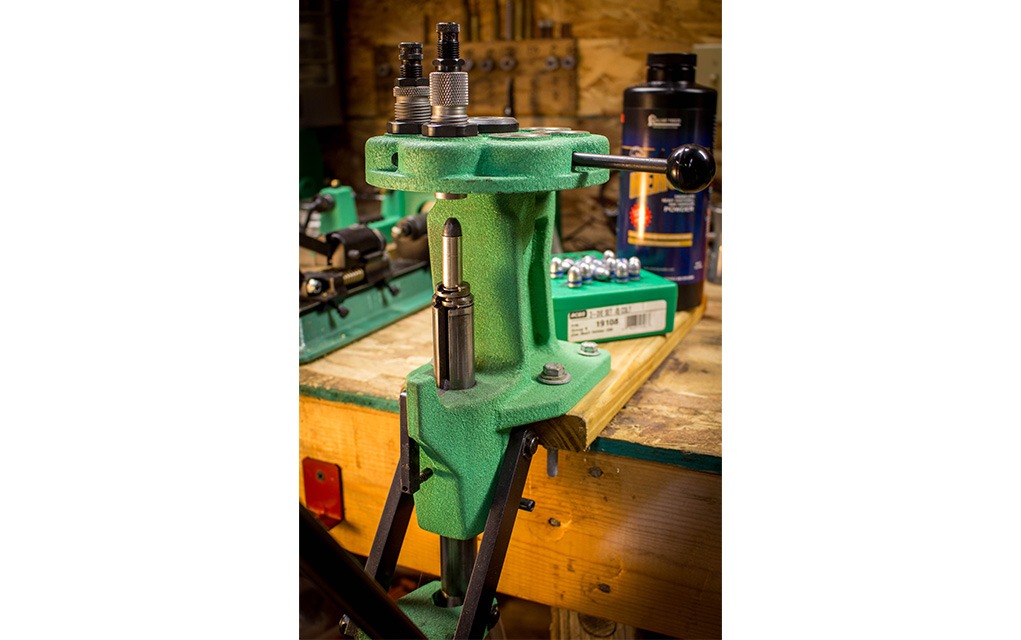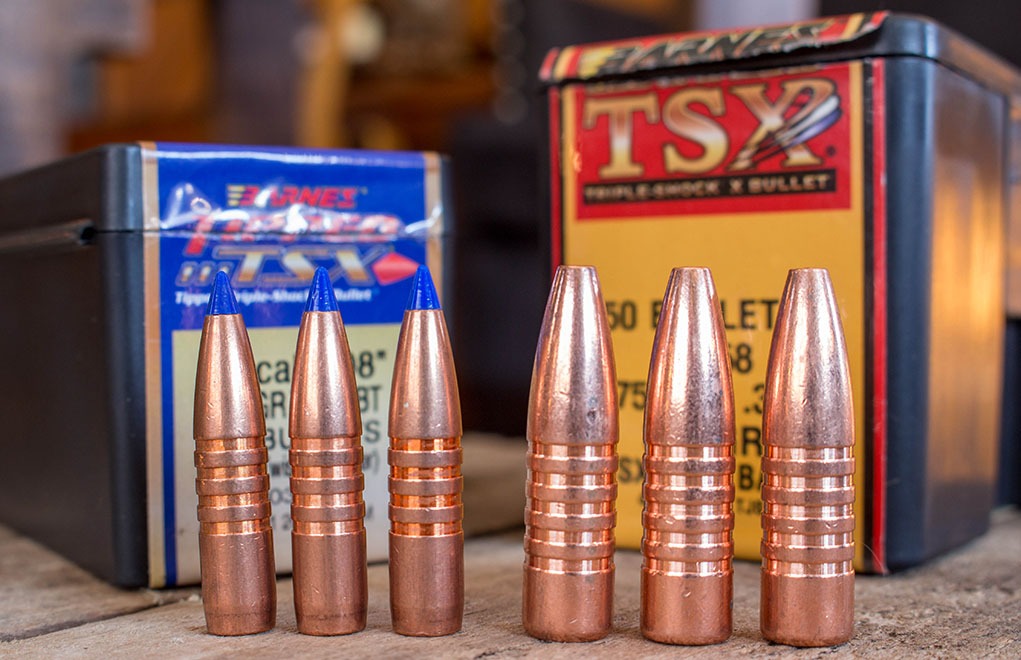
When it comes to your reloading recipe, the technique is just as important as the ingredients.
I attended a cookout late last summer, spending a wonderful afternoon with some friends and acquaintances well versed in reloading. Over a couple of cold beers, the conversation turned to reloading gear and techniques. I’m always intrigued by how other people reload, the habits they form and how what can seem normal to one reloader can seem completely foreign to another.
As an example, something as innocuous as charging your cases can become a source of controversy. I’m the guy who will pour the powder charge into the case and then immediately seat the bullet, while many of my colleagues will fill up all the cases in the loading block before seating a single bullet. To further complicate matters, a couple of guys weighed in that it depends on whether the case could potentially be double charged before they decide which way to go.
I can’t really argue for any method. Rather, I’ll explain that I feel most comfortable with my charge-load sequence because I can visually check that the case is empty before pouring powder into it, and by seating the bullet immediately, I avoid the chance of a double charge. Again, this technique works for me.
The method of priming cases also became a point of interest. For years, I’d prime only from the press—until I realized how I could get much more consistent results using a hand primer. (I feel the press generates too much pressure and can have an adverse effect on the primer.) Some of the guys agreed with me, in that the hand-priming tool is the only way to go, while others insisted the Dillon progressive presses—which prime the case on the press—make wonderfully accurate ammunition.
I can see it both ways, yet I still prefer the feel of the hand-priming units. Ultimately, I’d like to end up with one of those tools I saw in the Norma ammunition plant that measures the depth of the primer, and then I could adjust my primers to a more uniform depth, as I feel this plays a role in uniform velocities.
Measure Twice
Measuring powder also stirred some emotion. I use an automated powder dispenser—the RCBS ChargeMaster Link, to be specific—and check every 10th load or so on a balance beam scale; Redding’s Model No. 2 has been a favorite of mine for years, and it’s built like a tank. Some of the guys are still completely untrusting of the digital scales—in spite of the fact that in the course of thousands of cartridges I can’t find any serious fault with any of the RCBS units—and will weigh all their charges.

I can’t disagree with the idea of weighing every powder charge; it certainly makes sense this would be the most consistent means of establishing a uniform powder charge. Some go the route of using a good powder thrower, like one of the Redding models, and trickle the difference. There’s no right or wrong answer, so long as you get a uniform charge for each case. For me, I like the speed and convenience of the RCBS machine. I’ve heard of a Canadian product called the AutoTrickler, which is supposed to throw accurate charges within 10 seconds, with a margin of error much lower than any of their competitors.
The choice of press varied a bit among us, with the majority preferring a single-stage, traditional press, like the RCBS RockChucker or the Redding Big Boss. I like them, but I’m especially fond of the Redding T7 turret press and also appreciate the extra room of the Redding Ultramag. Lyman’s Brass Smith has garnered some attention, and one or two of the guys were fans of the Hornady Lock-N-Load Iron Press.
The consensus seemed to be that serious rifle ammunition was made on the single-stage or turret presses, and the high-volume pistol or plinking ammunition was handled by the progressive press, with a couple of guys insisting that the .223 Rem. and .308 Win. ammo made on a progressive was as good as that made on a single stage. So many good presses are on the market; if you find one that works for you, go with it. I’ve made consistent ammo on a Lee three-hole turret press with all sorts of wiggle and movement, but I feel much more confident on my Redding T7.


Just In Case
Regarding case preparation, I was surprised to find out the different ideas or points of concentration. Some guys were extremely concerned with neck thickness and were obsessed with turning the necks religiously; others weren’t as obsessive. I like to keep primer pockets and flash holes as uniform as possible, as I feel that consistent ignition is an important factor in keeping velocity spread as low as possible; others paid little attention to that.
Most of us liked the option of the VLD chamfer tools and prefer the powered trimmers to keep case mouths good and square. We did differ on the idea of when—during the case preparation process—to clean the cases. Some preferred to tumble their brass first thing, with the mindset being that only a savage would run dirty brass into a resizing die, and they also wanted to avoid any potential dents in the case mouths during tumbling. Others wanted to resize first, as the tumbling process would clean the primer pockets and remove any lubricant that remained after a wipe down.
I use a combination of both ideas, but I incorporate a universal decapping die, in order to pop out the spent primer first and then tumble my brass, running clean cases into my resizing die. I don’t suppose it’d be detrimental to resize before tumbling—though it may require you to clean your sizing die a bit more often. We were all split on case lubricant choices; I generally prefer the Imperial Sizing Wax, while many others like the Hornady One Shot lubricant in the aerosol can. Among the lot of us, there were only a couple who annealed their brass cases.
We were nearly unanimous on the idea of micrometer adjustable seating dies, with everyone agreeing they give those finite adjustments that make a big difference, especially with the latest crop of long-ogive bullets.
Talking Shop
I got a chuckle when the conversation turned to pet loads, as we all had our own secret recipe, and when we compared notes for the more popular cartridges, there was no shortage of cocked eyebrows. “You’ve got to try Powder X in the .300 Winchester; it’s the best!” Now, Powder X was a different choice for almost all of us, as was the “bullet that worked best.” Cell phone photos of targets showed each of us was telling the truth, yet got to the accuracy result from a different direction.


All in all, the techniques we discussed weren’t all that different, though each of us had his own little quirks and habits. It was quite obvious that reloaders love talking shop, and while there was a lot of experience amassed in that backyard, we were all open to hearing new ideas and techniques. I’m always open to hearing someone else’s experiences—it was nice to have my theory of monometal bullets liking powders on the faster side of the burn rate chart validated by others—as it helps me learn and saves me time. As my grandfather used to say, “Life is too short to make all the mistakes yourself; learn from the mistakes of others.”
There are plenty of good books written on the basic reloading process—and I’ll unabashedly include my own A-B-Cs of Reloading, 10th edition—and each might offer a slightly different technique. I’ll leave it like this: As long as it’s safe and it feels comfortable to you, there are many correct answers to the same question.
Editor’s Note: This article originally appeared in the November 2022 issue of Gun Digest the Magazine.
More On Reloading:


Next Step: Get your FREE Printable Target Pack
Enhance your shooting precision with our 62 MOA Targets, perfect for rifles and handguns. Crafted in collaboration with Storm Tactical for accuracy and versatility.
Subscribe to the Gun Digest email newsletter and get your downloadable target pack sent straight to your inbox. Stay updated with the latest firearms info in the industry.
Read the full article here












Leave a Reply